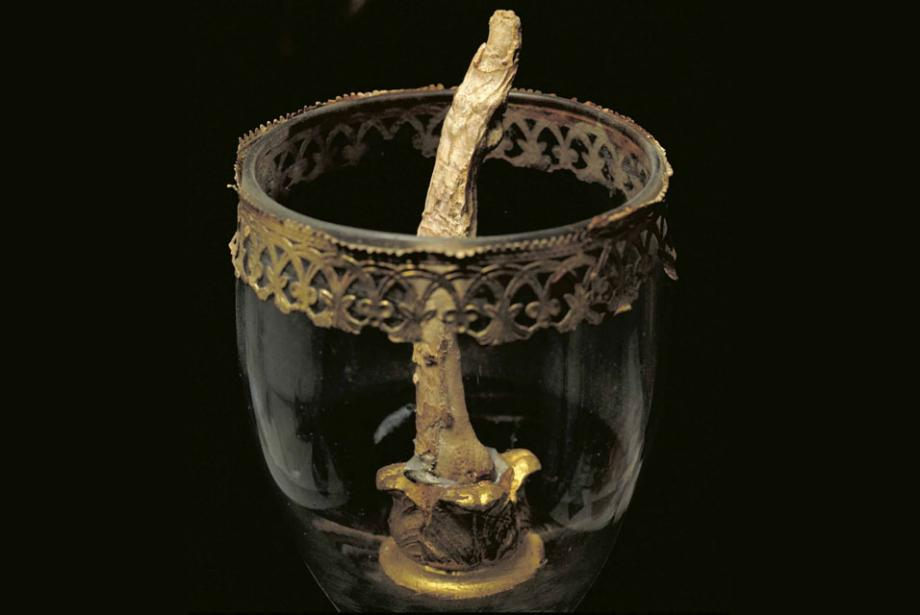The Strange Journey of Galileo's Middle Finger: A Secular Relic
In the heart of Florence, Italy, nestled within the hallowed halls of the Museo Galileo, lies a curious relic from history: the middle finger of Galileo Galilei (1564–1642), the famed Italian astronomer and physicist. Far from being a religious relic, this odd artifact holds a unique place in the world of secular memorabilia, serving as a testament to the complex legacy of one of the most influential figures in science.
The Man Behind the Finger
Galileo Galilei, often referred to as the "father of modern science," revolutionized our understanding of the universe. His groundbreaking work in astronomy and physics laid the foundation for much of modern scientific thought. Galileo’s support of the heliocentric model—that the Earth revolves around the Sun—put him at odds with the Catholic Church, culminating in his infamous trial and condemnation by the Roman Inquisition. Even under house arrest for the last years of his life, Galileo continued his scientific inquiries, leaving an indelible mark on human knowledge.
The Finger’s Journey: From Tomb to Museum
After Galileo’s death in 1642, his contributions to science were initially overshadowed by the Church’s condemnation of his ideas. It wasn’t until 1737, nearly a century later, that his remains were moved to a more prominent resting place in the Basilica of Santa Croce in Florence, a recognition of his genius. During this reburial, admirers of Galileo removed several digits, a tooth, and a vertebra from his remains.
The middle finger of his right hand, perhaps symbolically, was among these artifacts. It was passed down through private collections over the centuries, eventually coming into the possession of the Museo Galileo. Today, the finger is encased in a gilded glass egg, as though it were a sacred relic. The display invites viewers to reflect on Galileo’s defiance of authority and his unwavering commitment to science.
Secular Relics: A Curious Concept
Relics are often associated with religious figures, preserved and revered for their supposed spiritual powers or as a means to connect the faithful with the divine. However, secular relics like Galileo’s finger represent something different: a veneration of intellectual legacy. The preservation of Galileo’s middle finger offers a tangible link to a man who dared to challenge the orthodox beliefs of his time. It reminds us of the triumph of reason over dogma, science over superstition.
The Symbolism of the Middle Finger
Why the middle finger, one might ask? While it’s tempting to see a rebellious symbolism in this particular digit, there is no historical evidence to suggest that Galileo’s admirers chose it for such a reason. However, the idea that Galileo’s defiant spirit lives on in his raised middle finger is an irresistible narrative for many modern observers.
A Legacy Enshrined in Glass
Encased in its gilded glass egg, Galileo’s finger continues to inspire fascination. The Museo Galileo has turned this relic into a focal point of their collection, drawing visitors from all over the world who come to pay homage not just to a scientist, but to the very spirit of inquiry and human curiosity.
In a way, this secular relic serves as a reminder that the quest for knowledge, no matter how dangerous or controversial, is worth preserving. Just as religious relics inspire faith, Galileo’s finger inspires a different kind of devotion—the devotion to the pursuit of truth.










